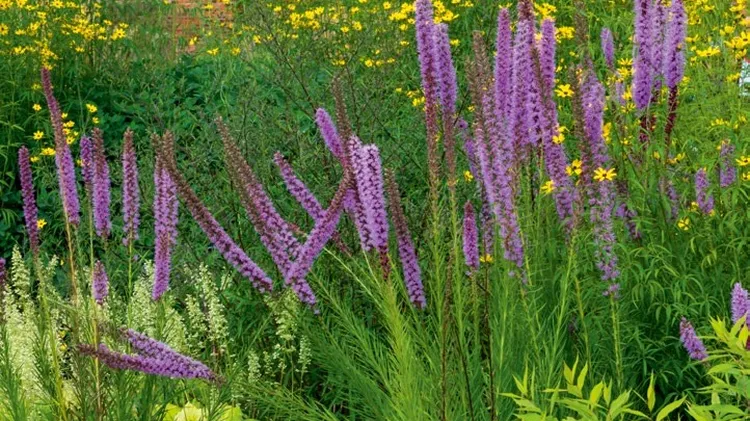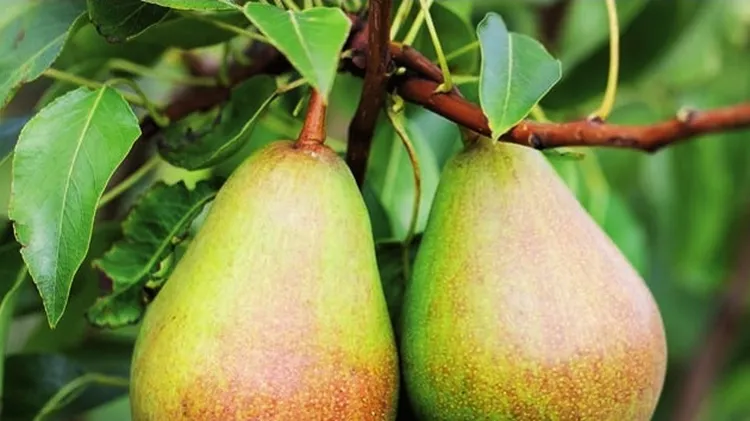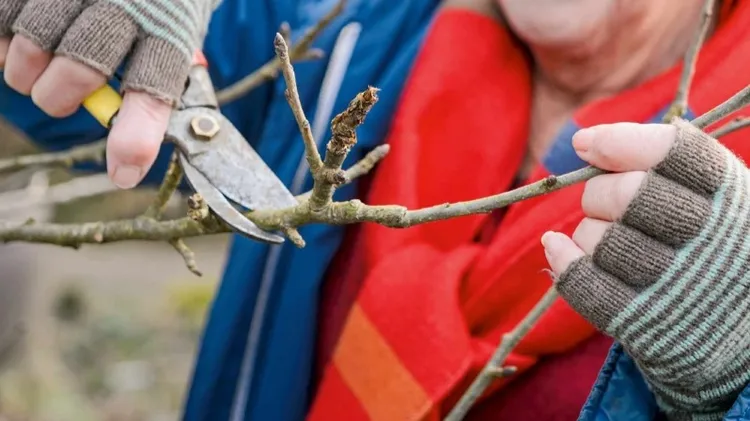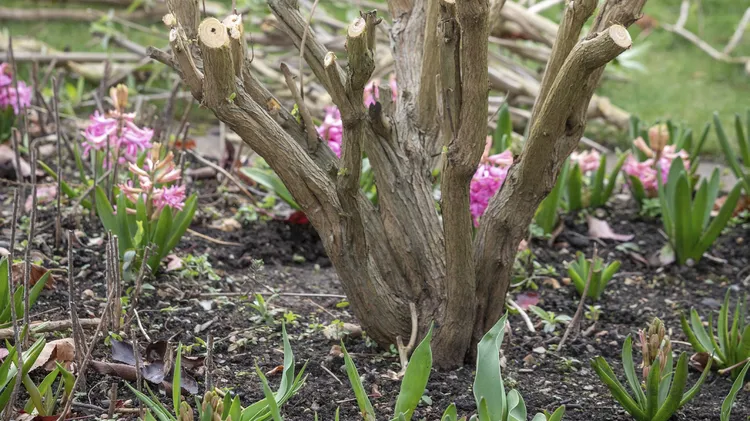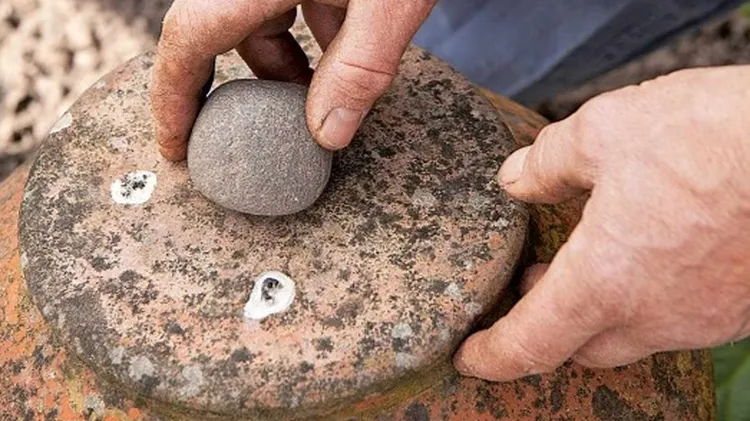With winter comes the job of pruning apples to maintain tre
Trade secrets: prune an apple tree
3 min read
This article is from...
Read this article and 8000+ more magazines and newspapers on Readly

